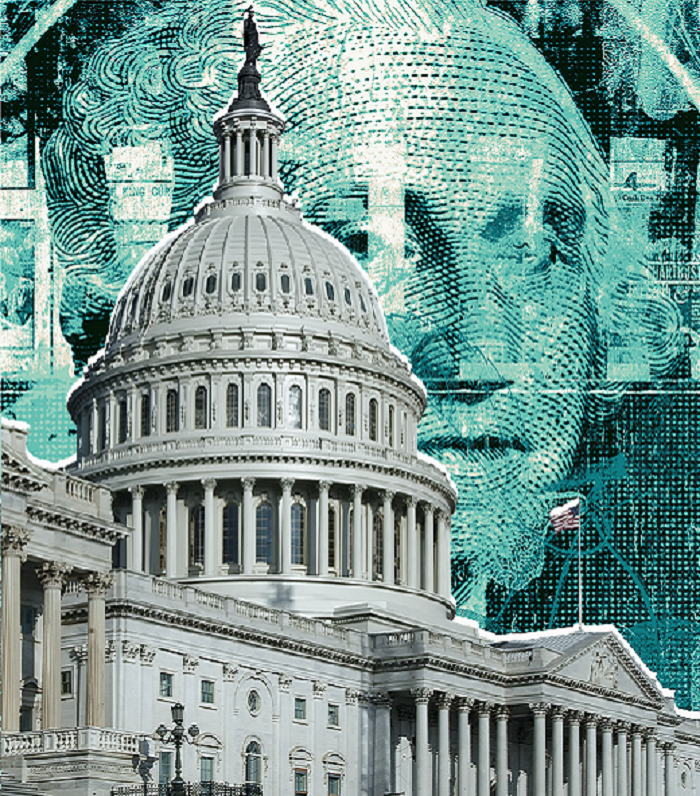
Government support was key for thousands of US nonprofits battered by COVID-19’s early costs − new research.
Government funding helped keep U.S. charities afloat during the first six months of the COVID-19 pandemic, according to a study I conducted with Stephanie Karol, a fellow economist.
We found that charitable donations declined by more than an estimated 20% during that period – which preceded a sharp end-of-year upswing in giving in late 2020. But the government grants to nonprofits, which soared during those six months by over 65%, and the Paycheck Protection Program – a government-run loan program established to support employers as the pandemic upended the economy – enabled many charities to retain their employees.
The pandemic hindered many donors’ ability to give, while also hampering the delivery of charitable services when nearly all indoor activities screeched to a halt. After analyzing data we obtained from the Internal Revenue Service and the Small Business Administration, another government agency, we found that when donations declined, from March to November 2020, charities spent less delivering their services. Spending by charities fell by 34%, as many of those groups struggled to keep going.
We found that nonprofit employment also suffered. The number of nonprofit jobs declined by 14%, and wages for the people charities employed fell by over 40% on average during this period of high U.S. unemployment. The arts were particularly hard-hit, with donations, spending on programs, salaries and other forms of employee compensation all falling by roughly 50% as museums, theaters and concert venues remained shut and in-person shows were canceled.
By contrast, the data we analyzed indicates that social service charities, such as homeless shelters and hospices, fared relatively well, with private contributions and employment remaining stable, and spending on programs and employee compensation declining by less than 20%. That was the smallest decline compared with other kinds of charities.
At the same time, many governments around the world stepped in to provide additional support to businesses and nonprofits alike. In the United States, government grants to charities increased significantly, and Paycheck Protection Program loans, most of which were later converted into grants that borrowers didn’t need to pay back, helped to cushion economic blows. We calculated that the PPP saved more than 450,000 nonprofit jobs in those initial six months.
All told, the PPP saved between 1.4 and 2 million jobs in its first year, according to a study by MIT economist David Autor and his co-authors. Our estimates imply that between 23% and 33% of jobs saved by the Paycheck Protection Program were in the nonprofit sector.
Why it matters
Our results suggest that the Paycheck Protection Program was a particularly helpful lifeline for nonprofits, which constitute a large segment of the U.S. economy. Nonprofit employees make up roughly 10% of the U.S. labor force.
By helping nonprofits keep their operations running, this funding may have prevented an even larger reduction in spending on the many services charities provide.
As far as we’re aware, our study is the first to assess the economic impact of the pandemic on the entire nonprofit sector in the United States.
What still isn’t known
Given delays in data availability, we focused on the first six months of the COVID-19 pandemic. A lot has changed since late 2020 in terms of economic conditions and the way nonprofits adapted to the pandemic.
Data in the annual Giving USA report shows that U.S. charitable donations overall remained stable in 2021 before declining in 2022 because of inflation and stock market declines.
We believe further research is needed to determine how changes in the scale of donations, combined with a relatively brief surge in government support, affected the delivery of nonprofit services.
The Research Brief is a short take about interesting academic work.![]()
Jennifer Mayo, University of Missouri-Columbia
Jennifer Mayo, Assistant Professor of Economics, University of Missouri-Columbia
This article is republished from The Conversation under a Creative Commons license. Read the original article.

